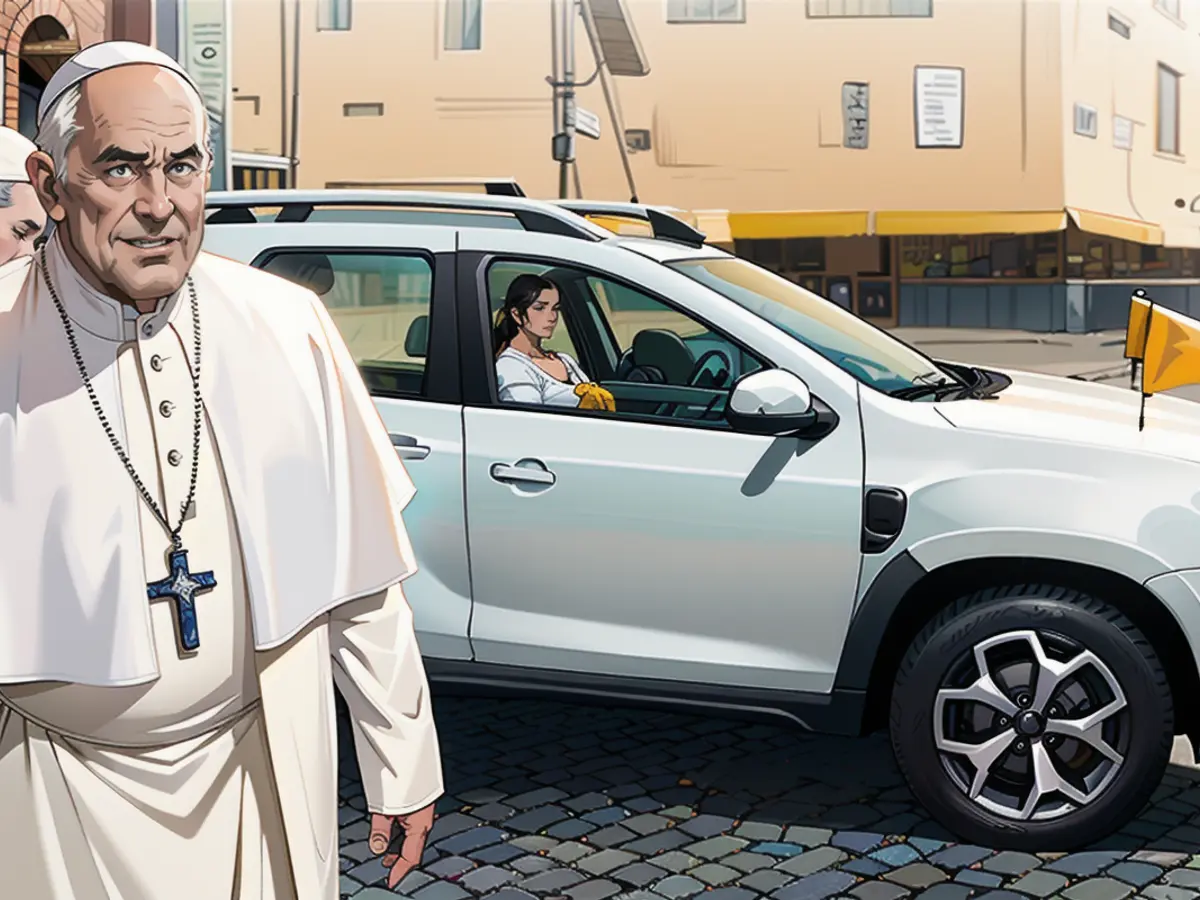Dacia's Journey to Success: The Impact of the Duster
In the automotive world, there's a remarkable success story: Dacia's Duster made the brand famous, resulting in Dacia selling more cars than its parent company Renault in Germany for the very first time in 2023. This story began as early as 1984 for the Romanians.
Do Dacias outperform Renaults? Many people worldwide drive Dacia models, which makes Dacia's low-cost subsidiary of the French conventional carmaker Renault surpass its parent company's sales in Germany for the first time in 2023. Dacia cars typically resonate with private customers due to their pricing advantage - but also thanks to the cool factor of the SUV, which the Duster has shown off twice.
Half a century ago, the Duster was in the spotlight for the first time - as a four-wheel-drive vehicle from Romanian off-roading specialist Aro. The well-designed Aro models garnered a cult following in the niche all-wheel-drive community. However, the rustic processing quality prevented the off-road crossover's success on export markets, just as it limited Dacia's licensed Renault derivatives' appeal since 1968. Nevertheless, there was a distribution partnership between Aro and Dacia, and the Dacia Duster marketed as the Aro Type 10 was particularly popular in the UK from 1984, generating as much dust as the renowned TV music show "Top of the Pops."
"The most valuable thing on Earth arrives in town," was the advertising slogan for the Duster, and indeed, no all-wheel-drive vehicle was more affordable - until Suzuki countered. Dacia revealed how it was done better in 2009 as Renault's daughter. The new Duster took off first as a bold concept car, then as a million-selling, solid budget SUV. Many tried to mimic the Dacia philosophy, but the Duster remains at the forefront, now in its fourth iteration.
Affordable Alternative
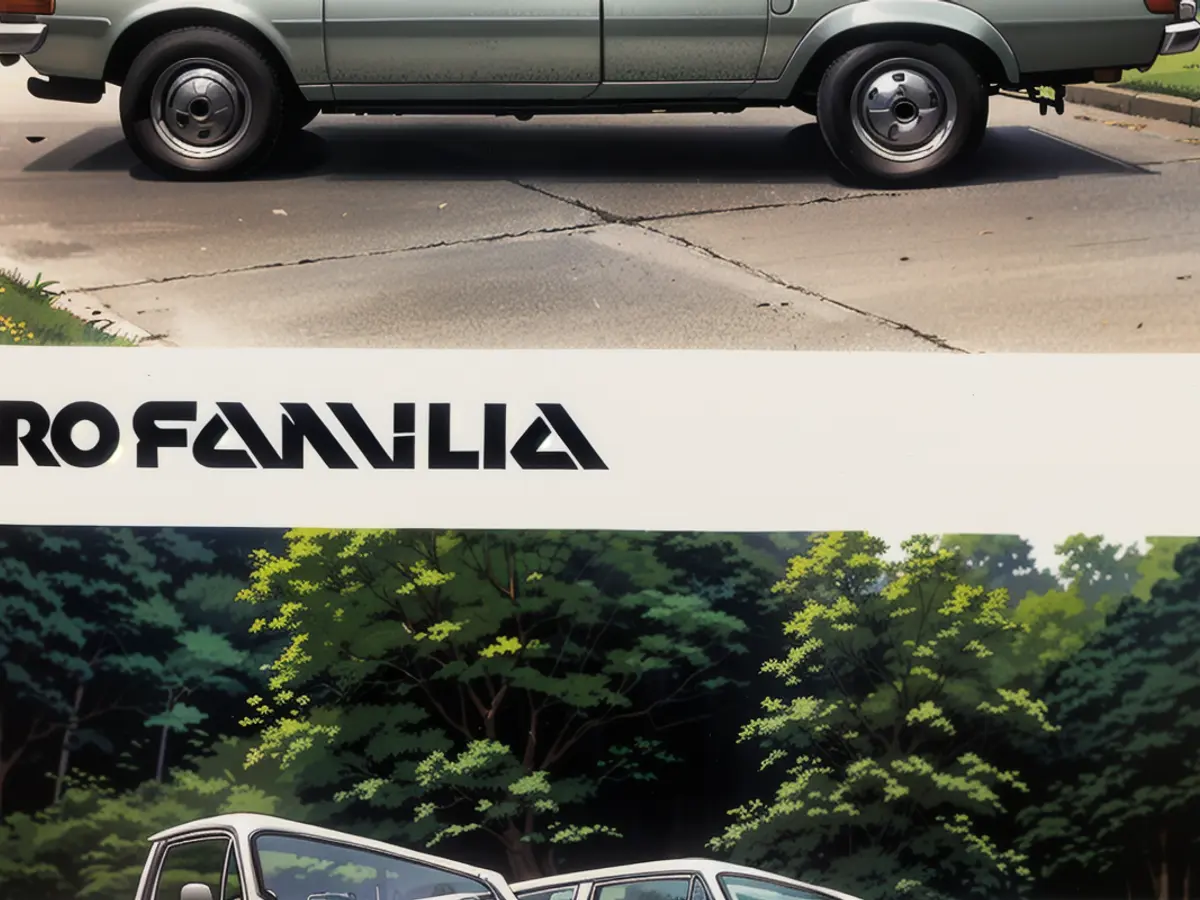
Priced lower than all competitors and dressed in practical and trendy outdoor clothing, optional 4x4 drive that transforms deserts into cozy living rooms, and better breakdown statistics than many Japanese cars - the carmaker from Pitesti at the edge of the Carpathians knows why many customers find the Duster cooler than other budget cars. And they pay a premium for it at Dacia.
In the 1980s, the Dacia-Aro all-wheel-drive vehicles tried to impress as stylish leisure and family cars, so they were marketed in Germany as a "Alternative to the classic off-road vehicles." Competitors like the Daihatsu Wildcat were 50% more expensive, while other small Suzuki off-roaders were roughly as affordable as the Dacia-Aro all-wheel-drive vehicles, which shared showrooms with the Dacia 1310 (licensed Renault 12).
Early Alliance with Renault
The end for the initial Dacia Dusters and other Aro models didn't come from the Romanian Revolution, leading to significant political and economic changes in the automotive industry in 1990/91.
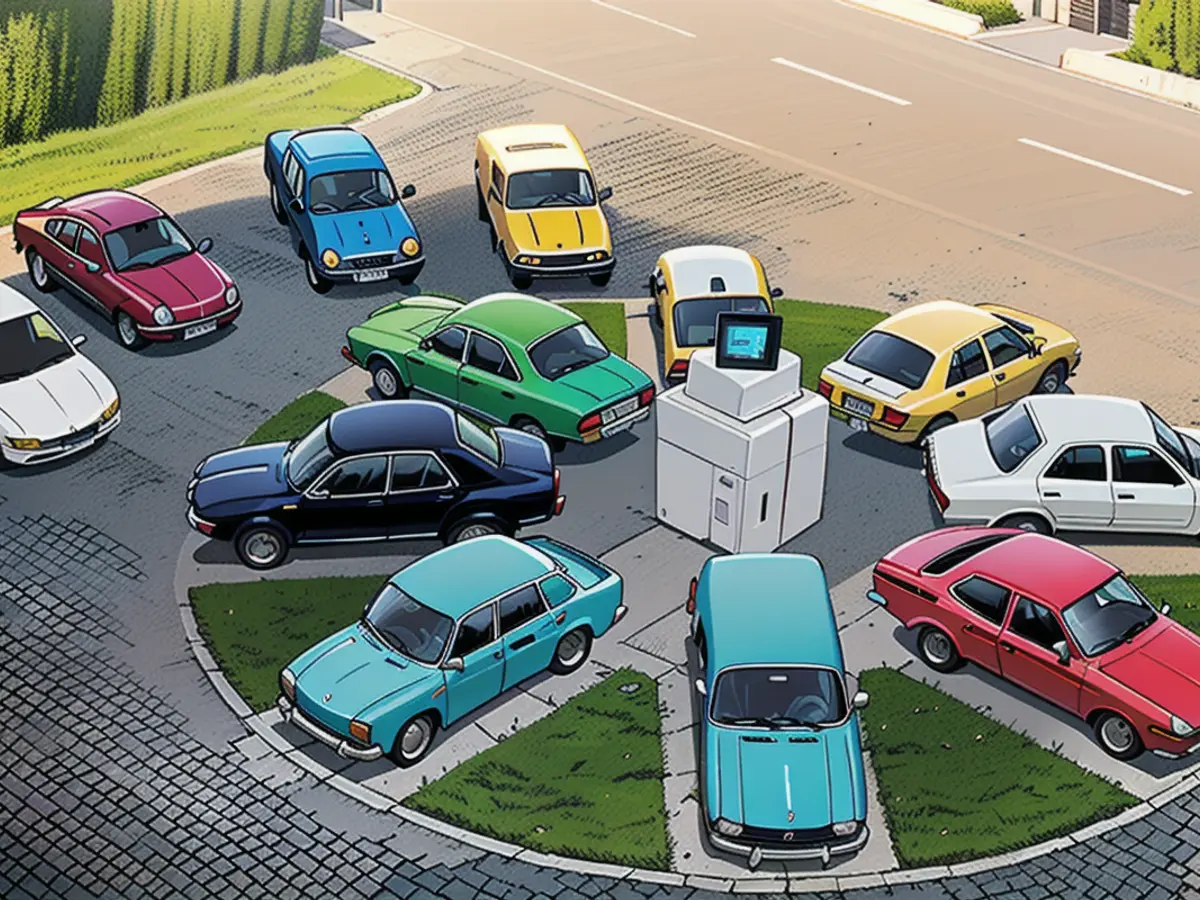
Rather, it was the superiority of competition from higher-quality products that pressured Aro and Dacia to seek new partners. After all, Dacia had launched its first million-selling cars with its 1300 sedans and estates in this Eastern European nation. Given this incredible success story, it's no surprise that Dacia renewed its relationship with the French in 1999.
Since then, Dacia has been part of the Renault group. The French have managed to build affordable, ultra-low-cost cars that, surprisingly, still make a profit.
After the transition-type Dacia Solenza boosted quality standards in Pitesti to Western European levels in 2003, the Dacia Logan/MCV surprised as the cheapest five- to seven-seater globally. Confidence-building measures like large warranty packages - three years, a rarity among budget cars at the time - were also introduced.
The breakthrough to the charismatic brand was achieved by Dacia with the invention of the Duster. This story started in 2009 with an eye-catching Duster Concept Car that left its mark at the Geneva Motor Show - and won over the public between Ferrari's and Koenigsegg's supercars.
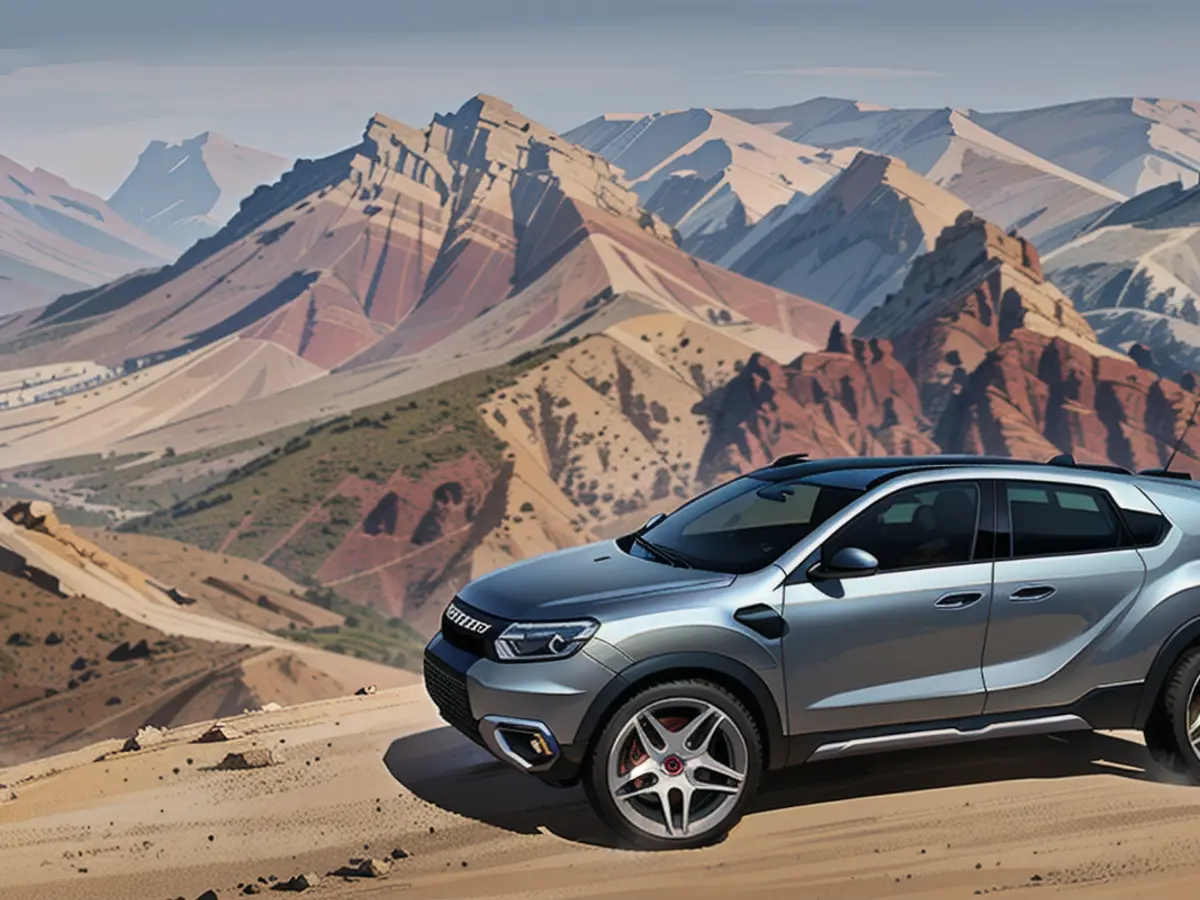
Two opposing doors on the passenger side, a unique feature not seen in any other series car prior, were among the Duster Showcar's highlights. However, the production version, unveiled at the end of 2009, looked completely different in design. And yet, this initial series-built Duster had a groundbreaking impact.
The 4.32-meter long and 1.68-meter high production Duster was what the British refer to as a "Defining Car." In 2010, the inexpensive Dacia demonstrated in Germany what the Range Rover had previously shown in the luxury segment of off-roaders. The Romanian redefined the compact SUV segment, offering spacious high seats with off-road capabilities to young families and buyers with limited incomes.
The Dacia Duster, with its impressive sales of over 2.6 million vehicles by the end of 2018, including 1.5 million under the Dacia brand, became a worldwide sensation. Some folks were left surprised: Despite the better-known Renault brand, the Duster is still distributed in various countries under the Renault logo.
The Duster quickly took on the roles of an everyday hero, a friend to families, and a leisure vehicle with optional 4x4 technology. It stole the spotlight as "Germany's cheapest SUV," as advertised, following its success with a V6 engine borrowed from the Nissan GT-R "Godzilla." Finishing third at the iconic Pikes Peak Hill Climb, the Dacia "No Limit" set the stage for its rise to popularity.
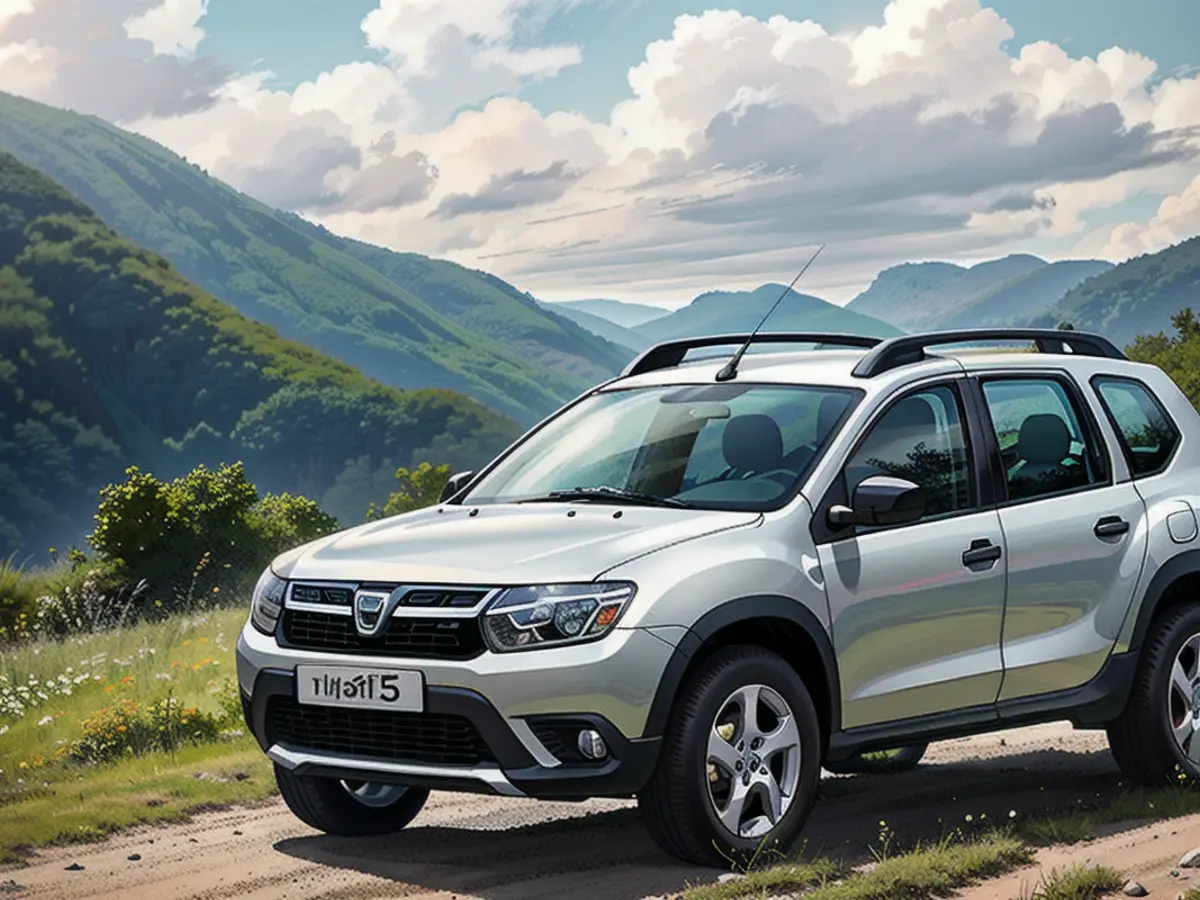
Football star Mehmet Scholl helped make this Romanian vehicle an attractive option for those who didn't necessarily seek status symbols. The Duster was seen being parked between shiny, high-end SUVs or at the opera. It gained respect through its use in rallies and service with aid and rescue organizations.
In 2017, Dacia made waves at the International Motor Show in Frankfurt, Germany, with a more comfortable Duster and later won over the Pope himself, who began driving a Dacia. The redesigned Duster impressed with its stylish design and new engine options, such as LPG and hybrid technology. These new features catered to customers who might not be keen on the steep price increases of other large automotive brands like Volkswagen.
Just like discount stores Aldi and Lidl, Dacia demonstrates that affordability doesn't have to mean low quality. The Romanians are sticking to this same philosophy with the introduction of the fourth-generation Duster. To maintain their SUV market share for budget-conscious consumers, the Bigster is expected to follow in the footsteps of its predecessor and compete with other popular models like the VW Tiguan by the end of 2024.
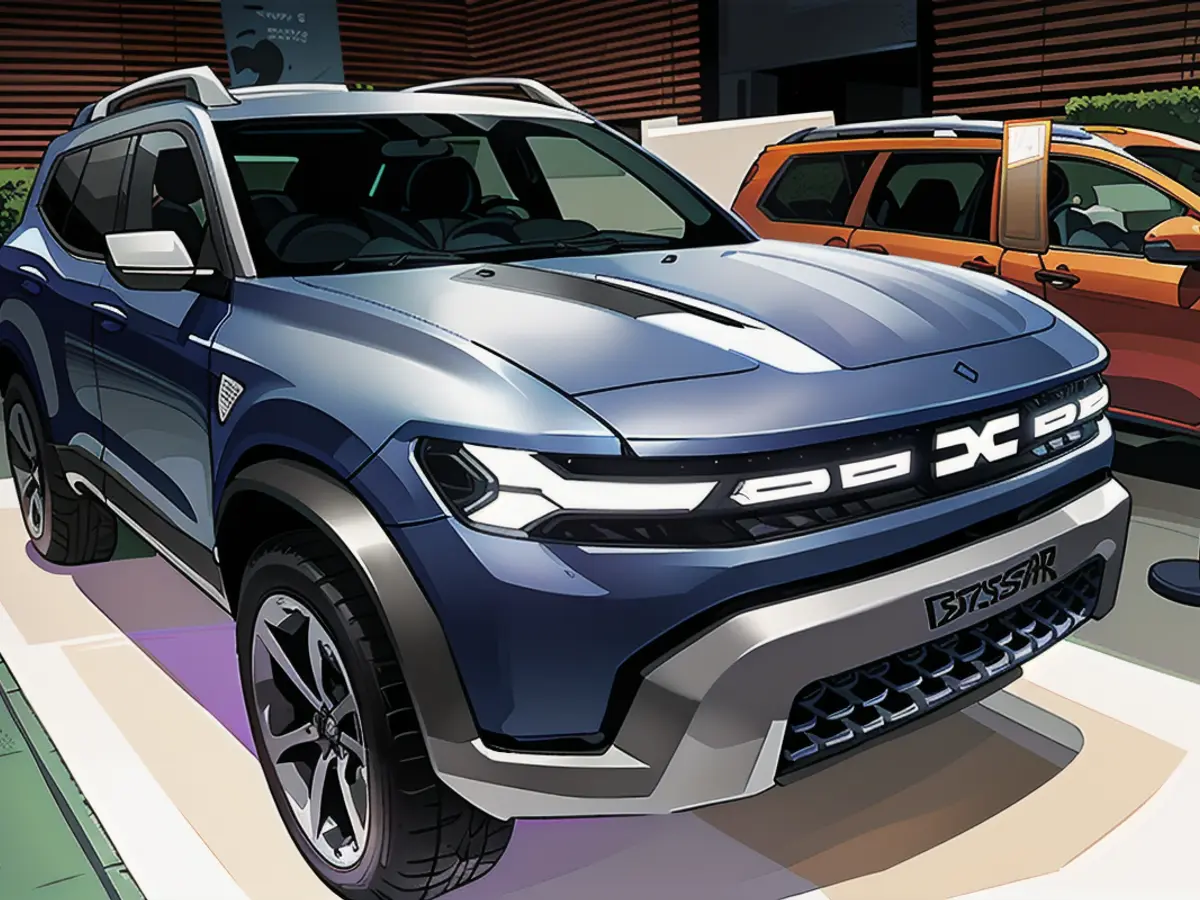
Read also:
- Pope Francis has shown a preference for affordable vehicles, opting to drive a Dacia model instead of a more luxurious Renault SUV.
- Despite the popularity of Renault SUVs worldwide, it's Dacia's low-cost Duster that often outperforms its parent company in terms of car sales, even in markets like Germany.
- The success of Dacia's Duster has led to a shift in the automotive industry, with other car manufacturers attempting to emulate Dacia's approach to combining affordability and quality in their own SUV models.
